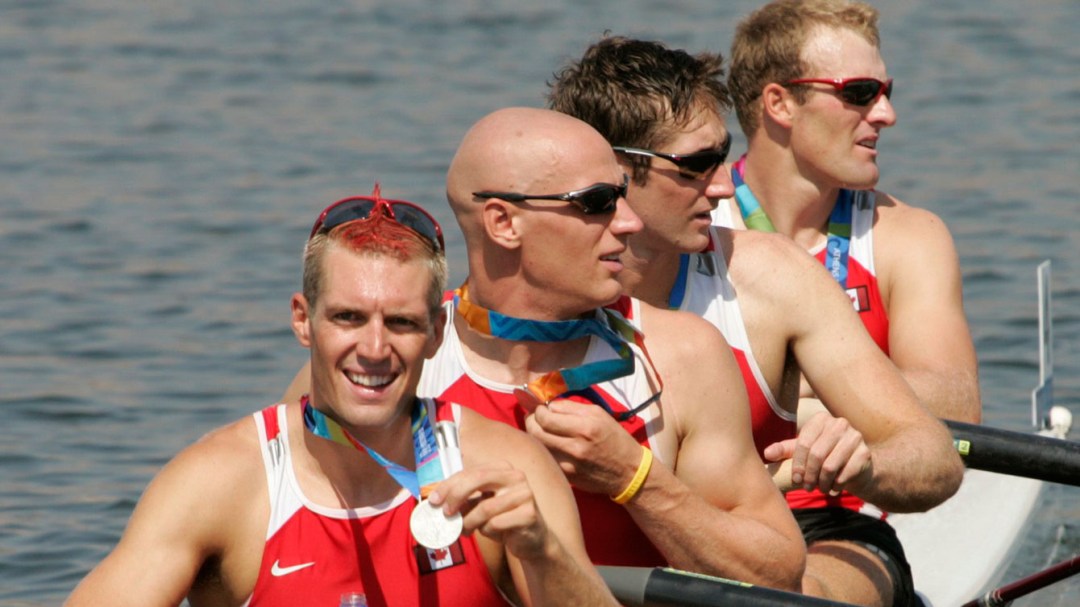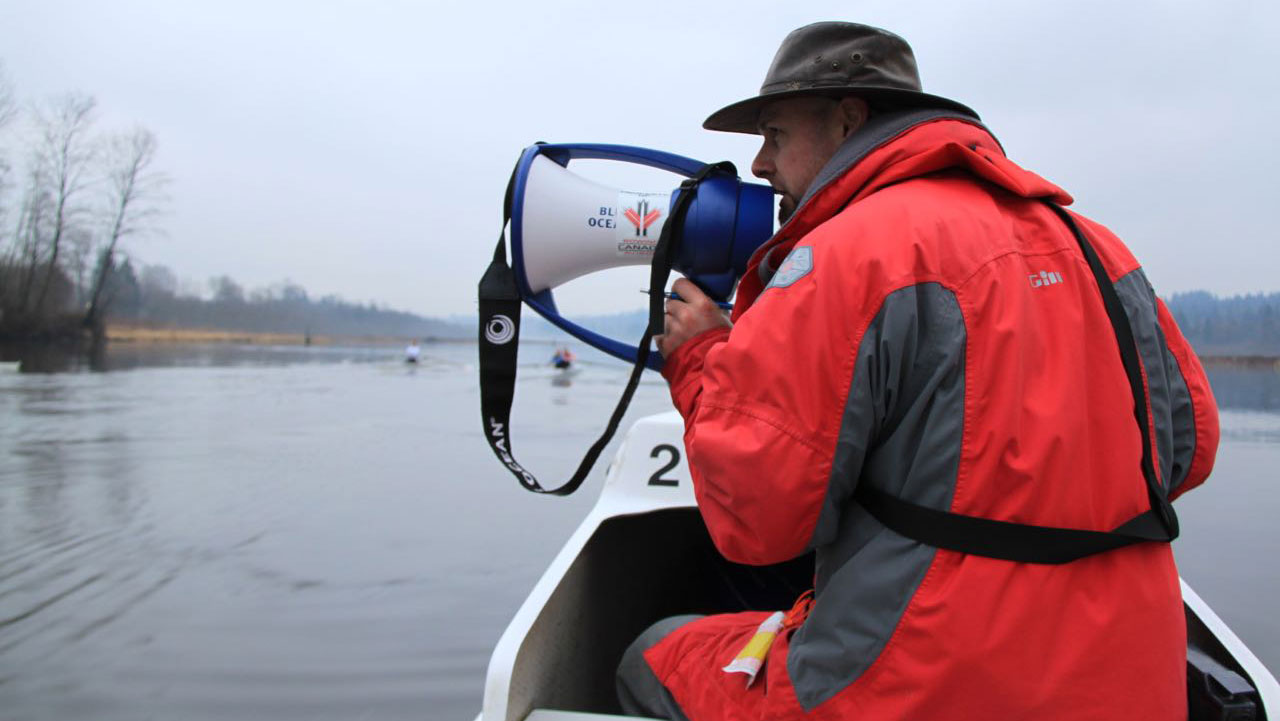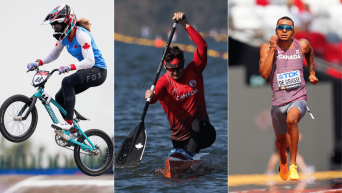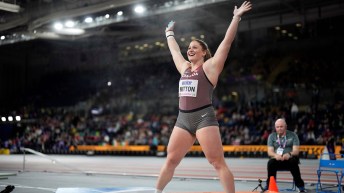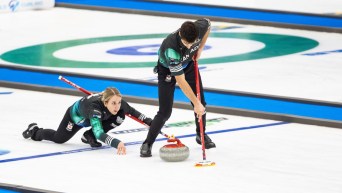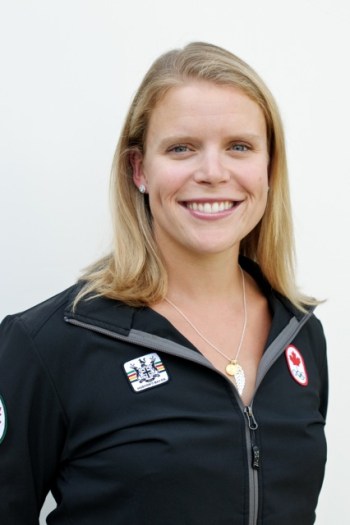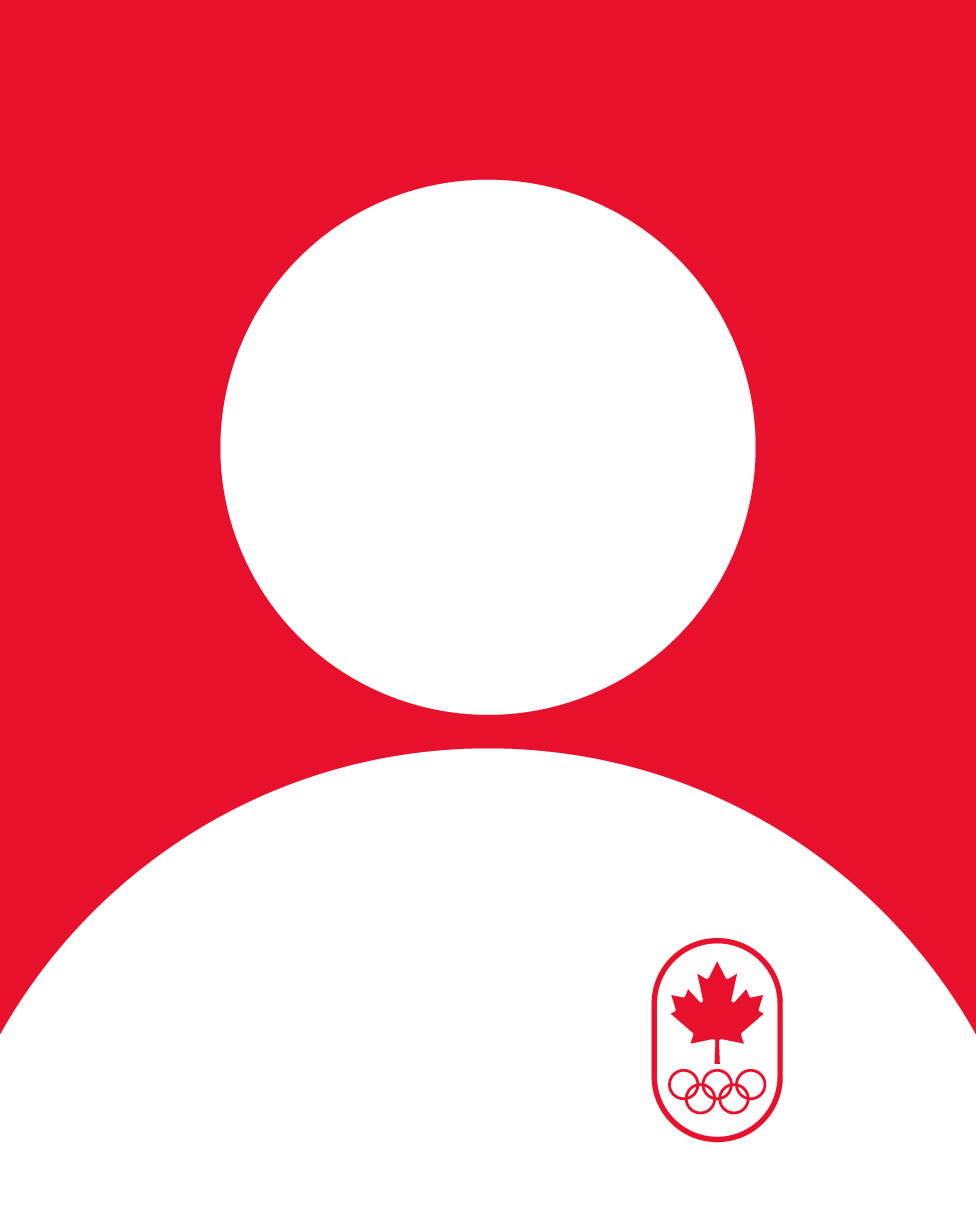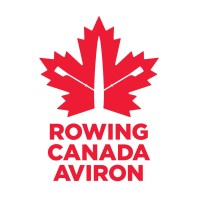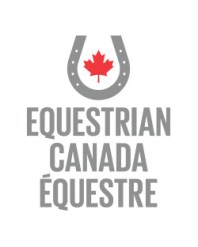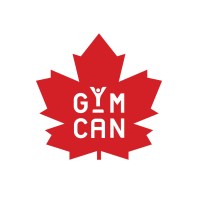Row to Podium seeks athletes for World and Olympic glory
Intense training, teamwork, competing against the best in the world in a centuries-old sport with the potential of standing on an Olympic podium within eight years…
That’s the deal being offered by the sport’s national body Rowing Canada Aviron in a nation-wide search for talented athletes – and they don’t require a background in water sports.
In a bid to cast a wider net to create a talent pool instead of “a puddle,” as Olympic rowing medallist Barney Williams puts it, the national body has an initiative in place called Row to Podium. It is a talent identification program with Williams, who rowed Canada to a men’s four silver medal at Athens 2004, coaching the would-be national and potentially Olympic athletes.
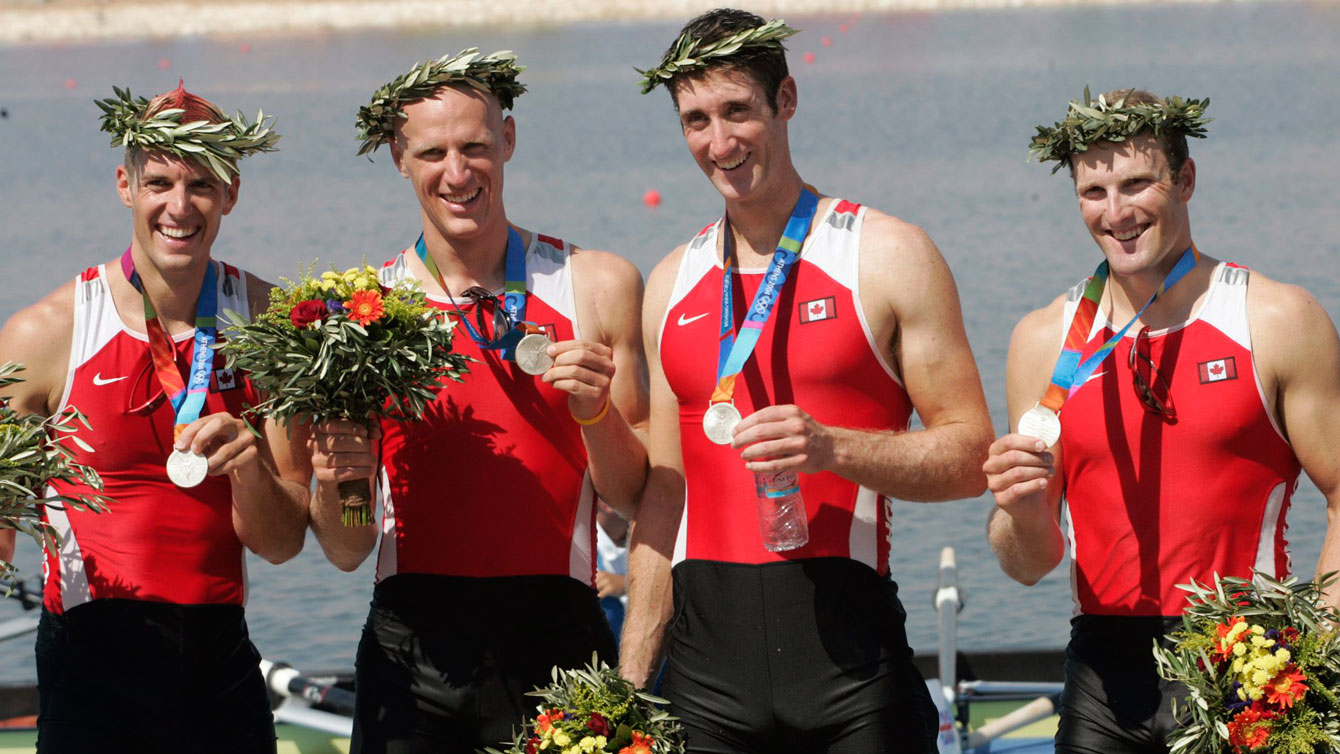
Barney Williams (left) with Jake Wetzel, Thomas Herschmiller and Cameron Baerg, receiving their rowing silver medals at Athens 2004.
“Our challenge was, we could invest in the existing system… promote grassroots development, and say let’s get some more people rowing,” Williams told Olympic.ca during a training session in Burnaby, British Columbia.
“Instead of doing that we’ve gone a little bit different and targeted the resources toward identified athletes.”
Those athletes can come from just about any background, so long as they ‘have what it takes’ – the first step in the program’s talent pathway, as development coordinator Chuck McDiarmid highlights.
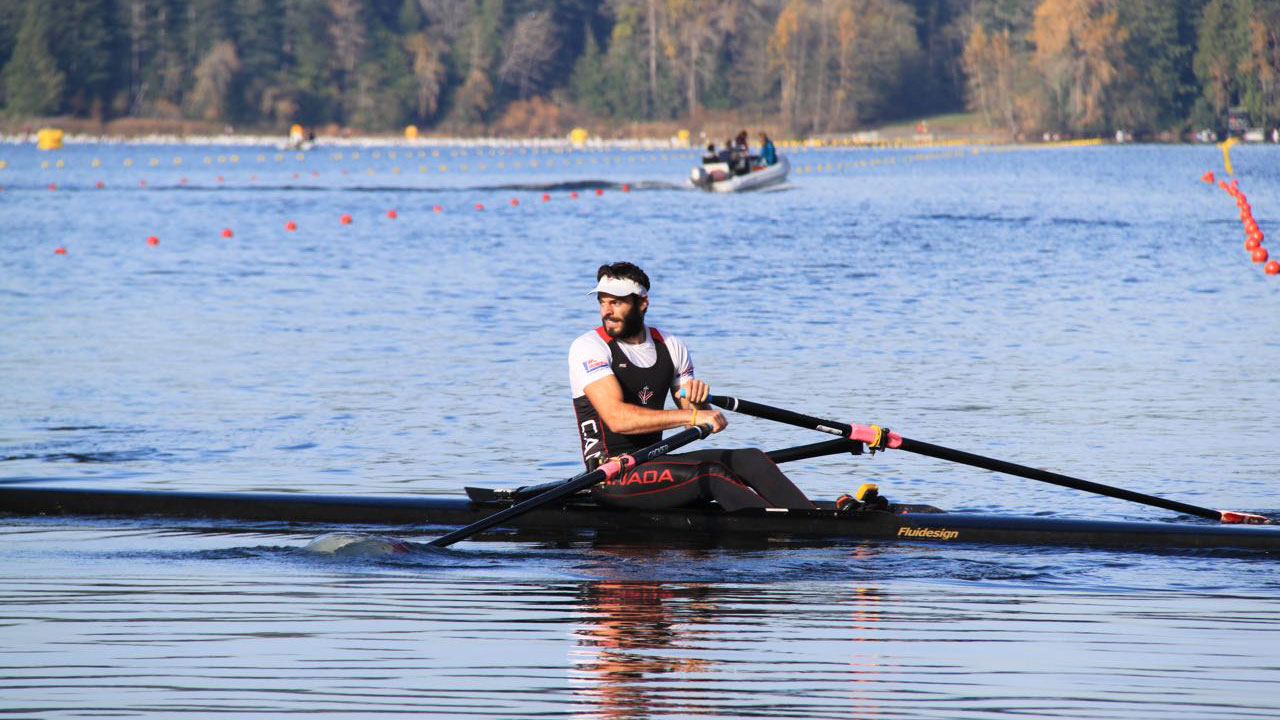
Pascal Lussier came through to Row to Podium from hockey. He was identified in Québec and started rowing in 2012. By 2014, Lussier won his first international rowing medal and then competed for Canada at the 2014 World Rowing Championships. (Photo: Courtesy of Rowing Canada Aviron)
“We’ve had cross-country skiers, basketball players, speed skaters, hockey athletes, a number of triathletes – basically any sport where they train at a high level becomes a good fit for the sport of rowing,” McDiarmid, who gathers valuable performance data, said in Burnaby.
While athletes from any background are welcome, if there is one physical characteristic that is synonymous with rowing, it is height. Rowers are tall. However, height alone isn’t a guarantee of success, and Williams puts a premium on work ethic above all.
“The neat thing about rowing is that hard work will beat talent until talent works hard,” Williams says. “So this is not a message that’s saying rowing is only for tall and talented people. But for us to compete at an international level, we need to work really hard, be really tall, and be really talented.”
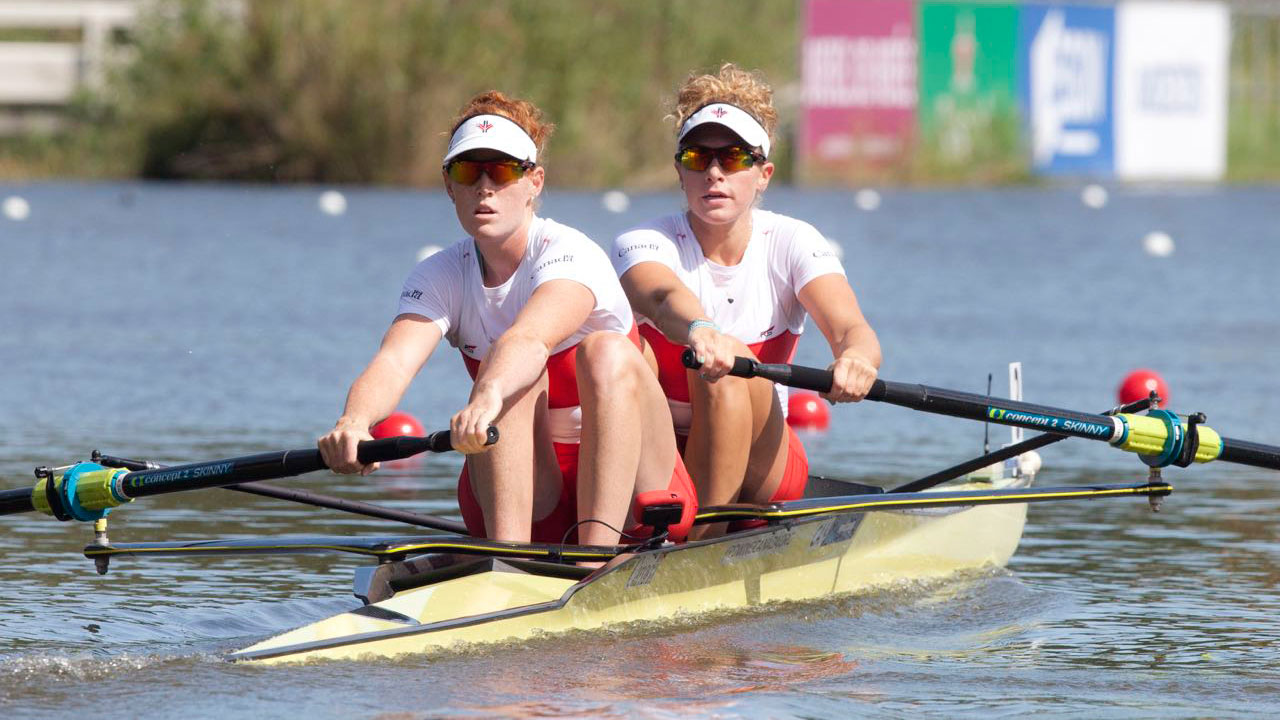
Kristin Bauder (left) was identified in BC, where she started rowing in 2011 while playing volleyball. By 2014 she was competing for Canada at the 2014 World Rowing Championships. (Photo: Katie Steenman Images, Courtesy of Rowing Canada Aviron)
Although height can raise a barrier for some top athletes, exceptions can be found in any sport, including rowing. The initial strength and endurance tests will determine if an athlete can receive development training. Anyone serious about finding their way to the water before World Championship and Olympic boats can arrange a test. Being relatively young also helps.
“Right now we’re looking at sort of the age group 16-18, where there are a lot of kids involved in sports – male and female – and they’re looking for something else,” McDiarmid explains.
“We’re looking for individuals who are committed, they have the right head space to push themselves at a very intense high-level, and we provide a program that will aggressively performance track them into the sport of rowing.”
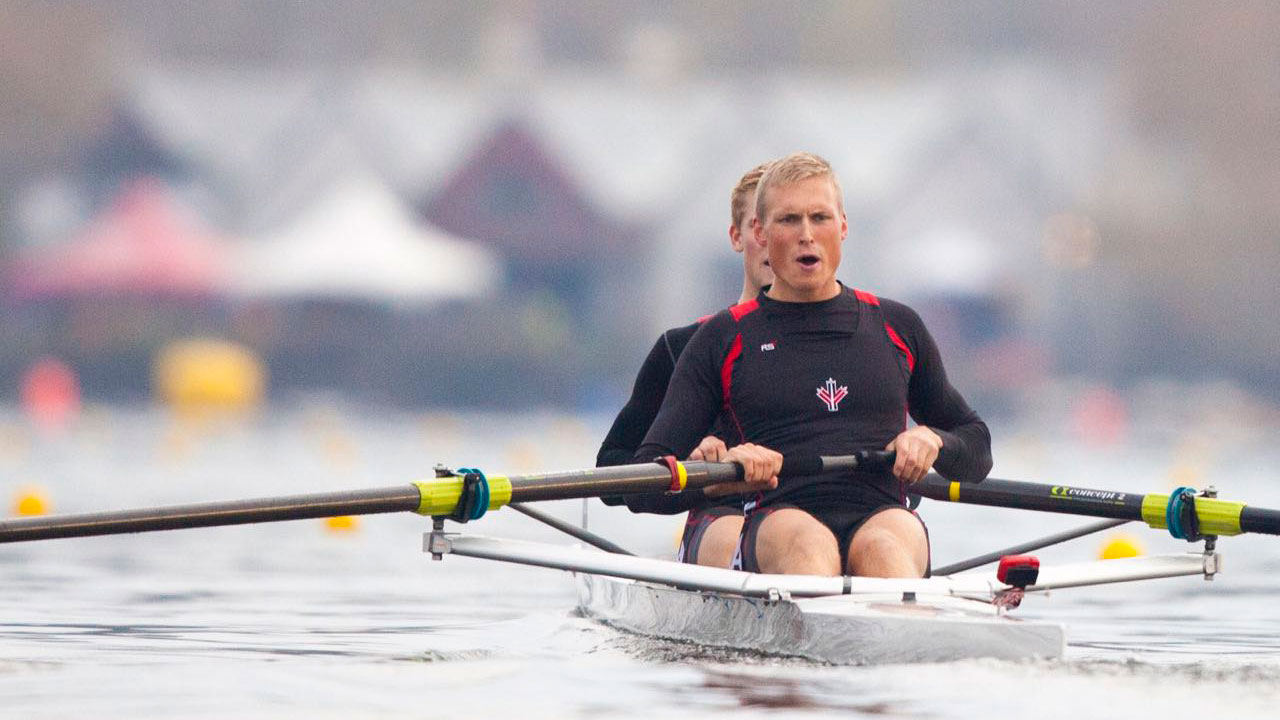
Tim Schrijver first started rowing in 2010 out of Ontario with a background in volleyball, athletics and soccer. By 2014, he won the World Rowing Under-23 Championship in the men’s coxed four event. Schrijver is currently a national champion in men’s pair. (Photo: Katie Steenman Images, Courtesy of Rowing Canada Aviron)
As for that eight-year timeline to the Olympic podium, that comes from the man who has stood there.
“Rowing has been at the Olympic Games since its inception. Over a hundred years of data has now been collected, and athletes have been tracked all the way from their first strokes to the Olympic podium. So we’re not just throwing out random numbers,” Williams asserted.
“We are pretty certain that it’s going to take eight years from an athlete’s first strokes to stand on the podium. Three to five years for them to compete at an international level, and I would argue based on the data that we’ve collected, one to two years to be a top domestic athlete.”
Elite young athletes who have never considered rowing, but have always dreamed of seeing the maple leaf rise at an Olympic medal ceremony, now have another path to realize that goal with Row to Podium.
Interested athletes can click here to email Chuck McDiarmid directly.

 Canadian Olympic Foundation
Canadian Olympic Foundation
